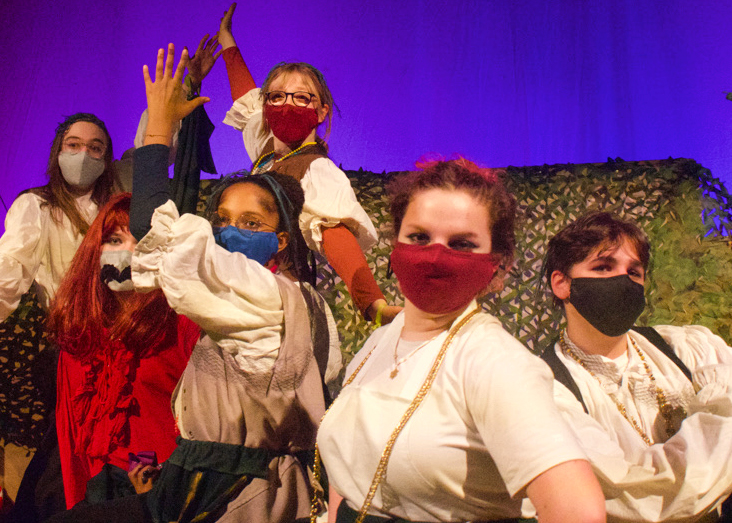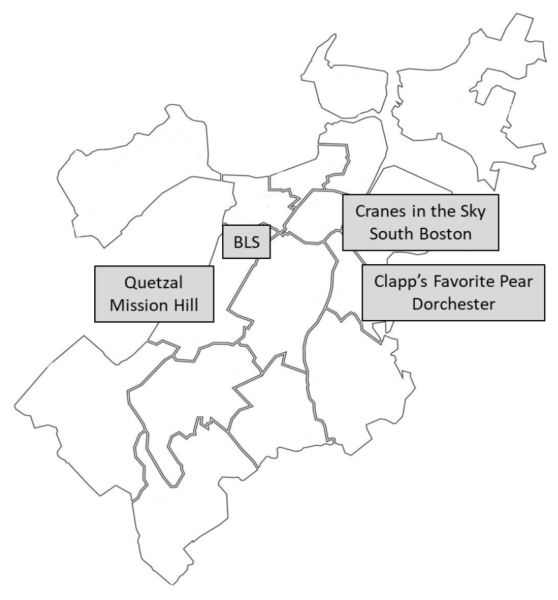Peter and the Starcatcher Shoots for the Stars
This winter, Boston Latin School Theatre presented the play Peter and the Starcatcher. The three performances took place from December 9 to December 12. Audiences hoping to enjoy the show could have watched it either in the Black Box or live on YouTube. The play was directed by Sam Ringrose (I) and Cam Elwell (I) and included a cast of students from all grades.
There was evident preparation required to produce the play. Rehearsal started in September and was initially only three days a week. As the performance days drew near, however, the crew entered two production weeks into the schedule. During this time, rehearsals increased to four days a week, and the students sometimes worked as late as 7:00 P.M.
The comedic and adventurous play, Peter and the Starcatcher, is based on a novel by Dave Barry and Ridley Pearson. Taking place in England in the 1800s, it explains the origins of Peter Pan. Ringrose adds, “[The play] also […] talks about how certain other kinds of iconic characters [stand] where they are in the Peter Pan story.” For example, the audience learns the story behind Captain Hook’s lost hand. This play also explains the existence of Star Stuff, a magical substance that allows one to transform into whatever they wish.
The lead character in the play is Molly Aster, who was portrayed by Bea Samuels (VI). Samuels says, “I was […] surprised when I got Molly, but I am very happy that I did get it, and I […] have that experience in the play.” She joined the play because she loved comedy and acting, and she looks back fondly on her participation.
One of the most exciting experiences for the cast was learning how to do acrobatics. During one of the rehearsals, members of the Commonwealth Circus Center were invited to the school and taught tricks to the cast. Ringrose comments on the entertaining nature of these lessons: “We were basically standing on top of each other [and] building human pyramids. That was really fun because I think most of the actors have never experienced anything like that.” In one particular scene toward the end of the play, the cast had to raise Peter up into the air. These stunts contributed to the show’s huge success, and the scenes utilizing them were some of the audiences’ favorites.
The hard work put into the play’s preparation greatly paid off, and the end result was beautiful. For Bailey Wright (I), their favorite memories were getting to meet and work with all of the actors. They reflect that the best part was “all of the new people and all of the new life the theatre department brought.”







